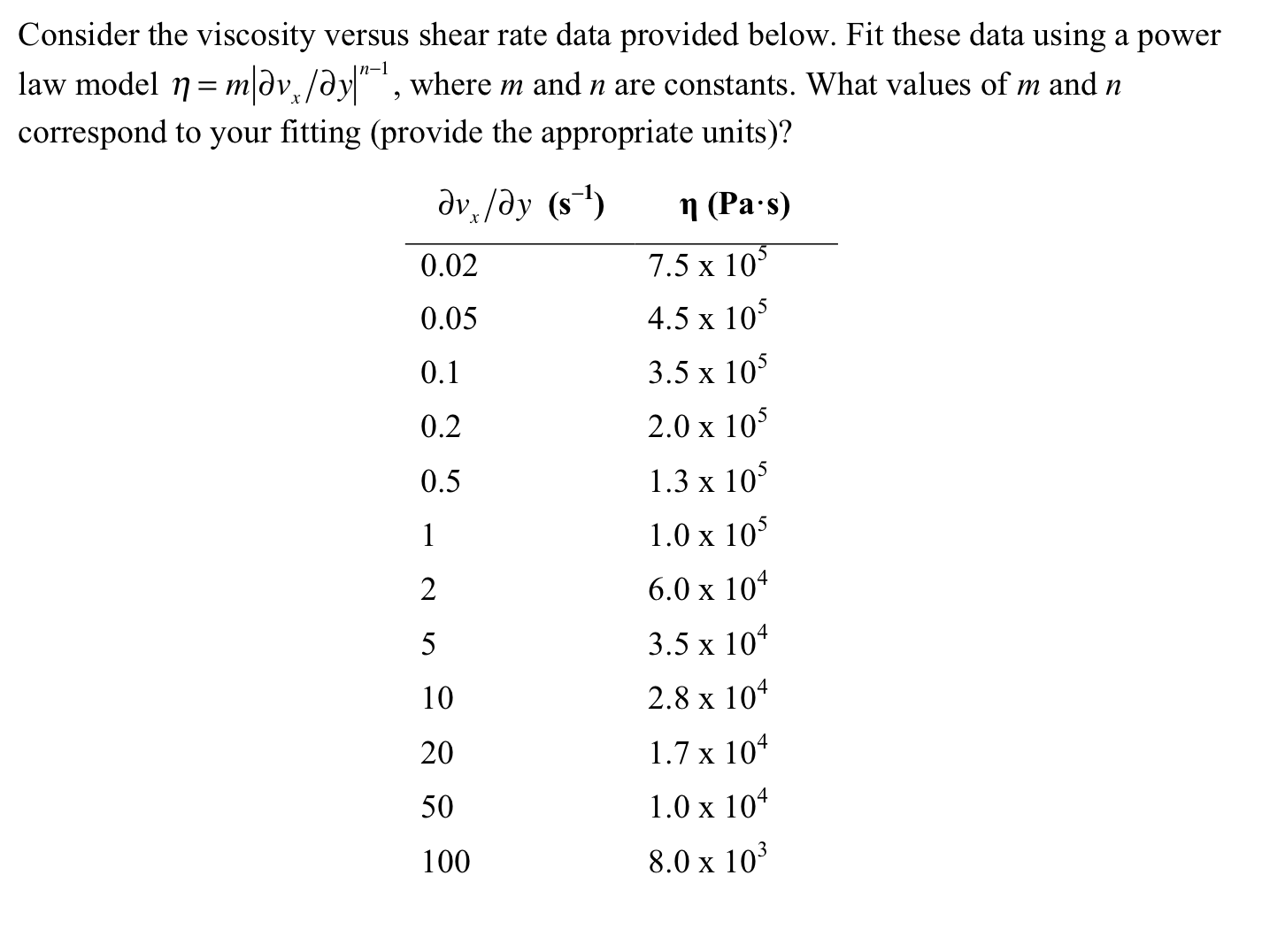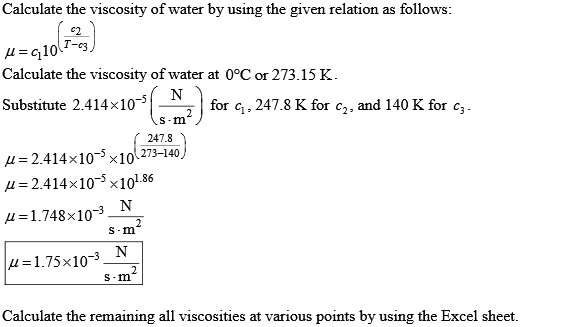

Heat and mass transfer characteristics depend upon viscosity, as do mixing parameters. Liquid viscosity is an important physical parameter when evaluating fluid flow properties such as velocity, pressure drop, and shear stress. Notice that LINEST returns the equation parameters in reverse order.

Rearrange Equation 1 to give it a linear form.įigure 1: Regress vapour pressure data using LINEST to obtain the Antoine coefficients. Once you have set this up in a spreadsheet, you only need to plug in a new set of vapour pressure data to immediately calculate the Antoine coefficients for the new data.ġ. Data manipulations are required before and after using the regression tool in Excel (LINEST). This is the procedure for regressing the data in Excel. Regressing three data points gives the exact same coefficients as solving three equations simultaneously. This requires that the equation be rearranged into a linear form. With three or more data points, use multivariate linear regression to find the best fit. With three points you can solve three equations for three unknowns and force the curve through all three points. This will force the curve through your two points (usually at the boiling point and at 20☌ or 25☌) and give a fair representation in the temperature range between your two points. Figure 1 shows a schematic drawing of the slit die used in this study.How can you find three coefficients (A, B, and C) with just two data points? Set C = 230 and then find A and B by solving two equations for two unknowns. Alternatively, a gear pump can be placed between the extruder and the slit die. The slit die can be connected directly to a laboratory extruder. The slit-die viscometer provides an inexpensive method to determine rheological data, especially when compared with a capillary rheometer.Ī slit die has a rectangular channel with a width W much greater than the height H ( W>H). This article describes how a slit-die viscometer connected to a laboratory extruder can be used to obtain accurate data on melt viscosity at various shear rates and temperatures.

Further, instabilities such as melt fracture can be quantified and predicted if viscosity data is obtained from a capillary rheometer or slit-die viscometer. Proper selection of an extruder screw or extrusion die requires knowledge of viscosity as a function of shear rate. Viscosity data is required in screw and die design and also in computer simulation of the extrusion process. Such data provides a valuable quality-control tool.

Data on melt viscosity at various shear rates is useful in most extrusion operations.


 0 kommentar(er)
0 kommentar(er)
